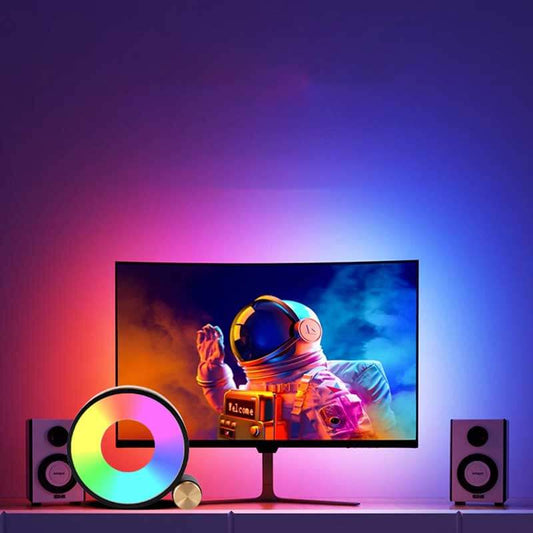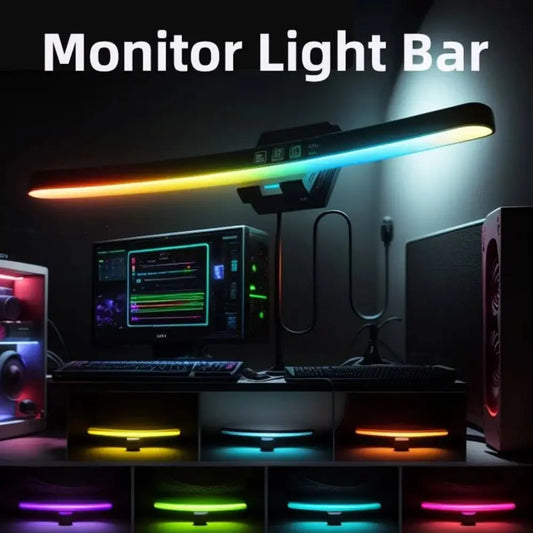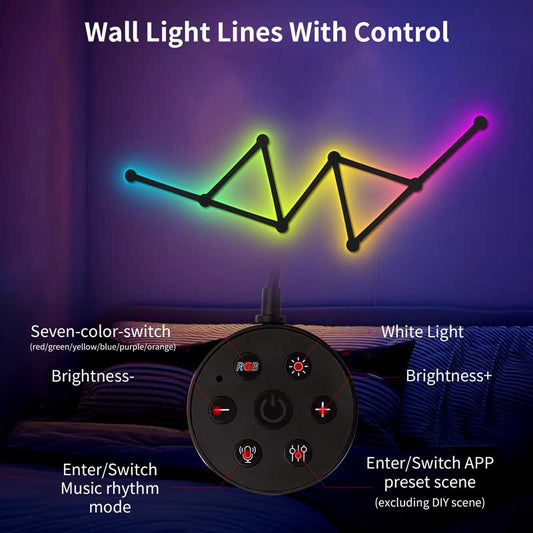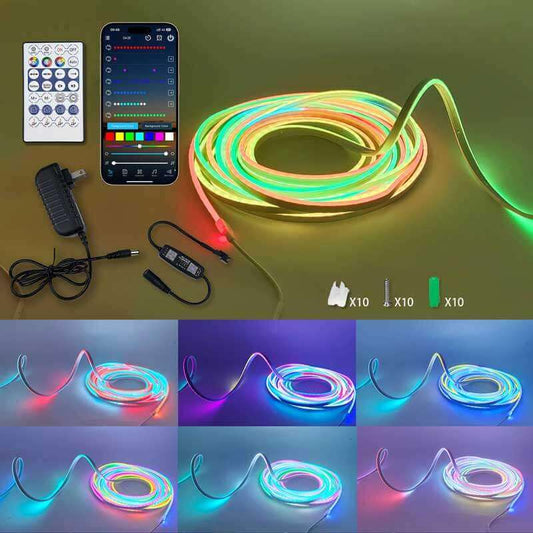Where not to put LED lights?
Share
LED lights have become increasingly popular due to their energy efficiency and long lifespan. However, there are certain places where you should avoid installing LED lights to ensure optimal performance and safety.
1. Direct Sunlight Exposure
LED lights are sensitive to heat, and prolonged exposure to direct sunlight can cause them to overheat and fail prematurely. It is best to avoid installing LED lights in areas where they will be directly exposed to sunlight for extended periods of time.
2. Enclosed Fixtures
LED lights generate heat as they operate, and when placed in enclosed fixtures with poor ventilation, this heat can build up and reduce the lifespan of the lights. It is recommended to avoid installing LED lights in fully enclosed fixtures to prevent overheating.
3. Areas Prone to Moisture
Moisture can damage LED lights and pose a safety hazard. Avoid installing LED lights in areas such as bathrooms, outdoor spaces exposed to rain, or near swimming pools where they may come into contact with water. Opt for waterproof LED lights in these locations.
4. Extreme Temperatures
LED lights are sensitive to temperature fluctuations, especially extreme cold or heat. Avoid installing LED lights in areas where temperatures can exceed their operating range, such as attics or freezers, as this can affect their performance and longevity.
5. Vibrating Surfaces
LED lights contain delicate electronic components that can be damaged by constant vibration. Avoid installing LED lights in areas with high levels of vibration, such as near machinery or in vehicles, to prevent premature failure.
By avoiding these common pitfalls and following the recommended guidelines for LED light installation, you can ensure that your lights perform optimally and have a long lifespan.




